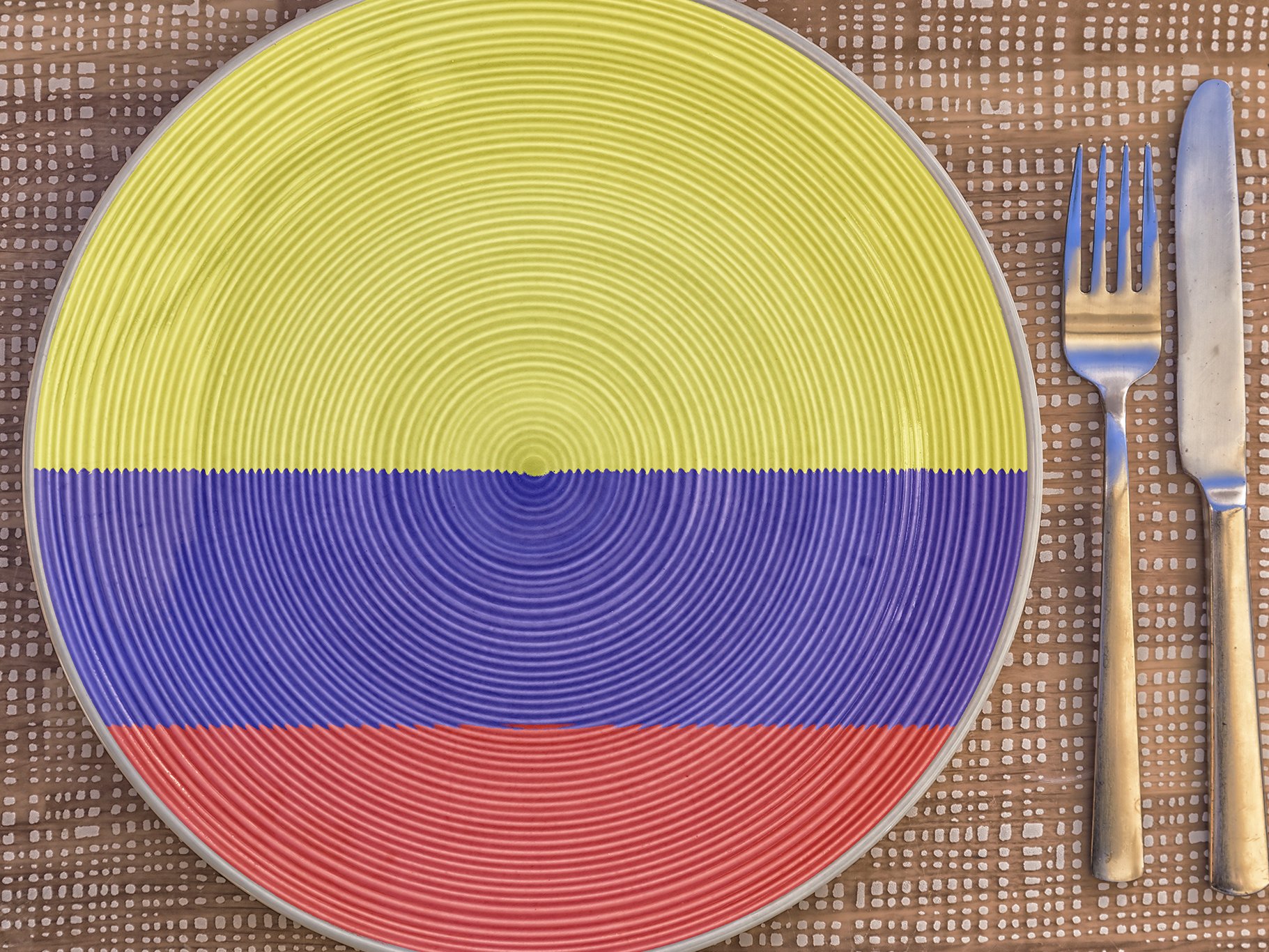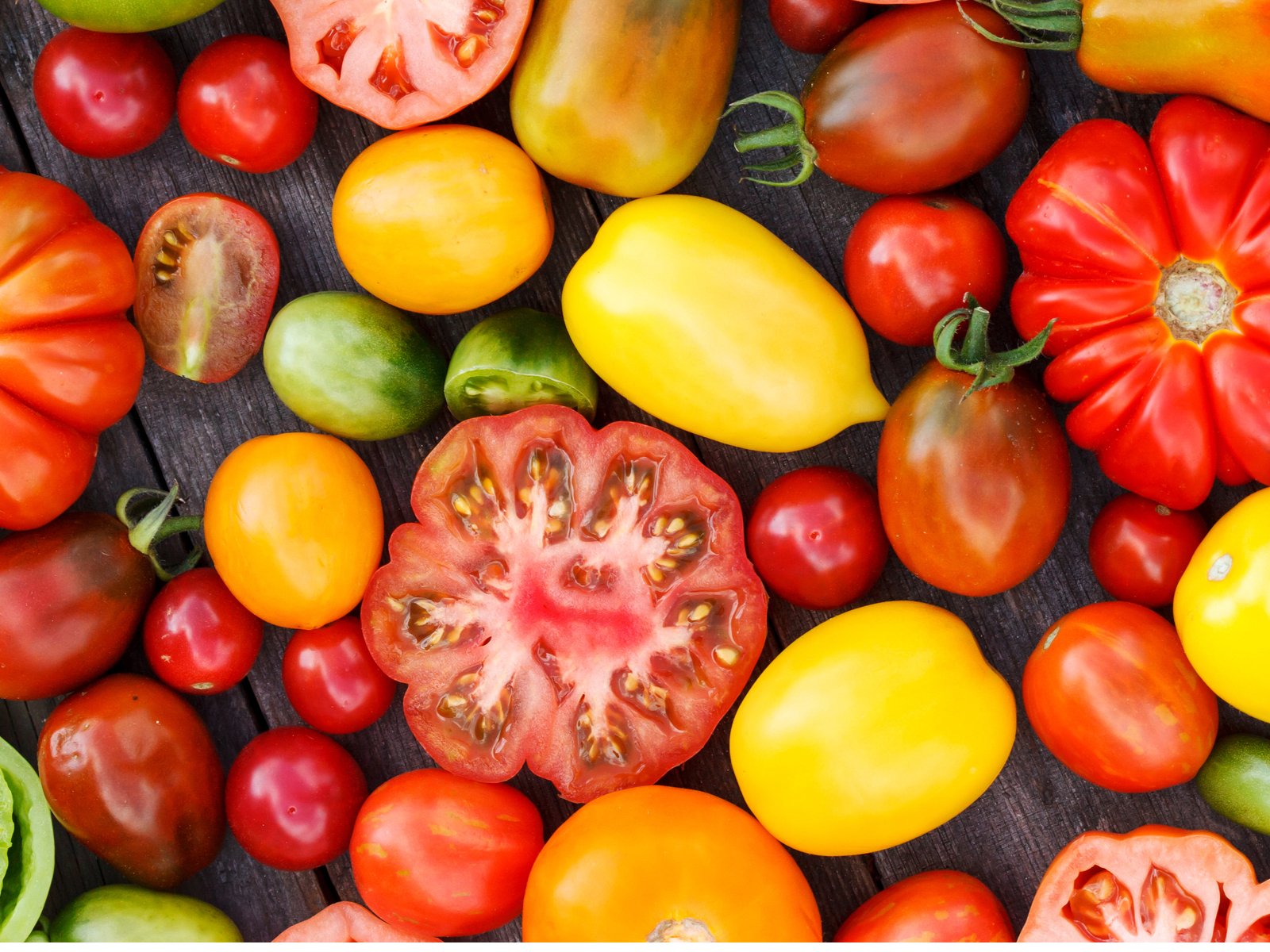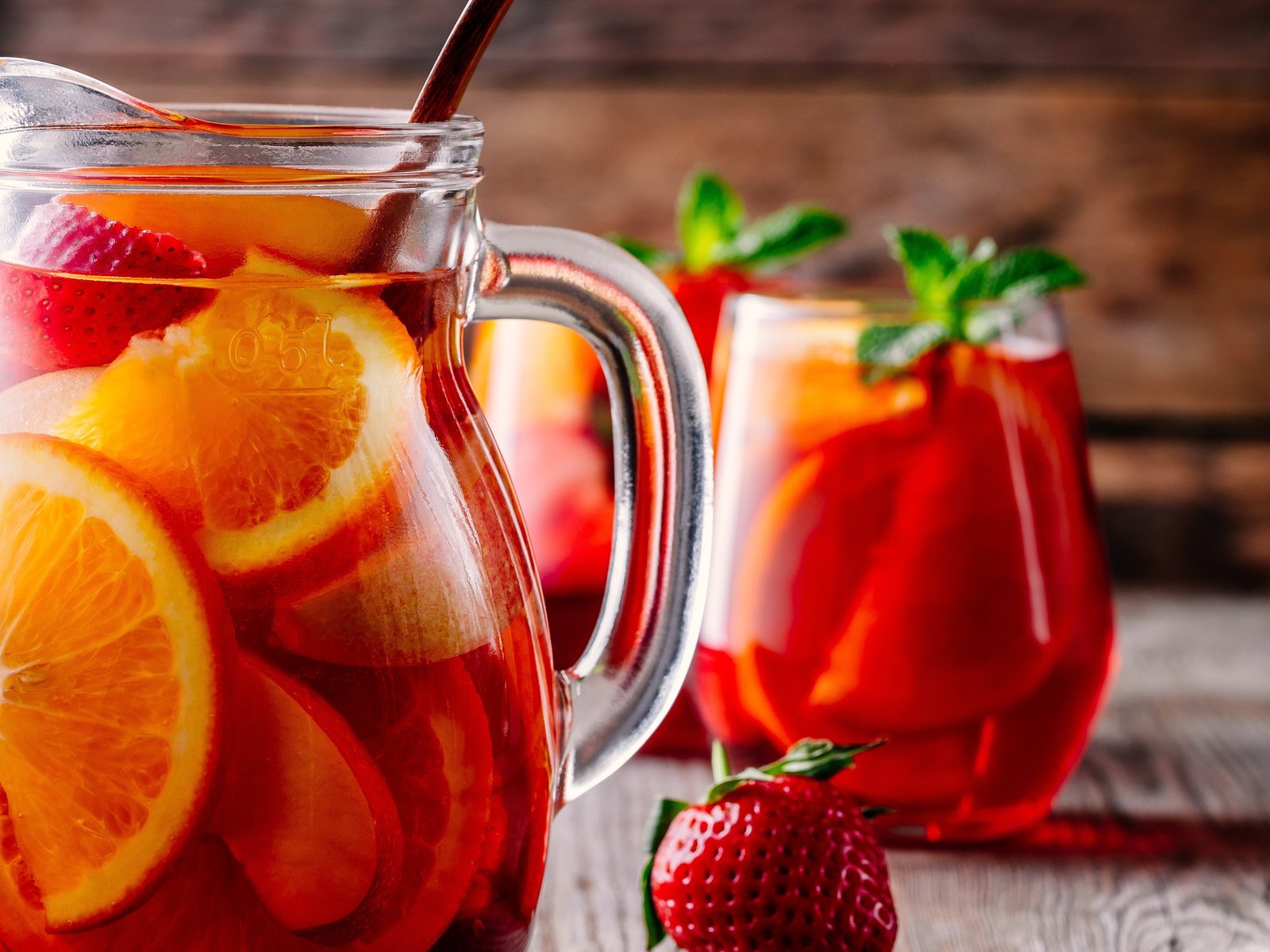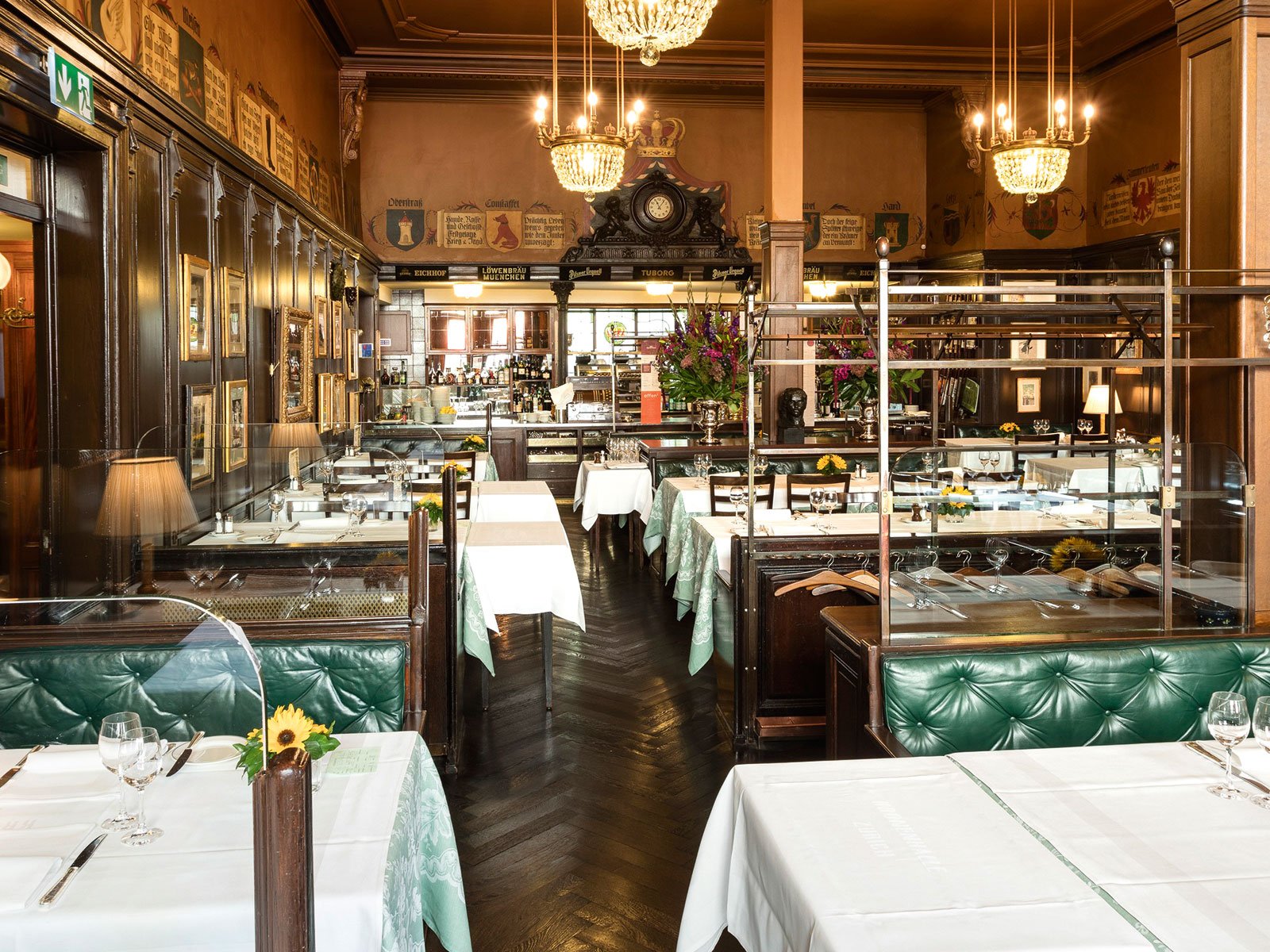Five Reasons UK Cuisine Gained a Terrible Reputation
The UK is now full of world-class restaurants although British cuisine was once the butt of jokes. Here are five reasons why it had a poor image.
Today Britain is packed with Michelin-starred restaurants attracting chefs and diners from across the world. Yet the country’s national cuisine has long been derided, not always unfairly. Here are five reasons why British cuisine acquired its poor image.
Boiled meat
“What would you like to wash down your boiled boar? Hot water, warm beer, iced red wine…” The Asterix comic series offers a reliably witty snapshot of 20th century national stereotypes, with Asterix in Britain taking full advantage of the gastronomic gulf perceived to exist between this island and its closest European neighbour.
Although the teasing French nickname of “les Rosbifs” derives from Britain’s 18th century reputation for roasting their beef, that association took a hit with the emergence of the austere Victorian middle class. The major culinary influence became Mrs Beeton’s Book of Household Management, first published in 1861 but embraced for many decades afterwards.
“All fresh meat should be immersed in boiling water for 10 minutes,” she declares firmly. Mrs Beeton’s loyal disciples and their guests must have endured some rather chewy meals, with resting meat declared a no-no. “The meat should not be allowed to stand a moment longer than necessary, as boiled meat, as well as roasted, cannot be eaten too hot,” she insists.
Boiling was also long favoured as a sensitive way to cook fish. Boiled turbot was a particular classic and appears regularly on old menus, including a 1937 dinner hosted by venerable London wine merchant Berry Brothers & Rudd. The wine match was similarly retro: still Champagne.
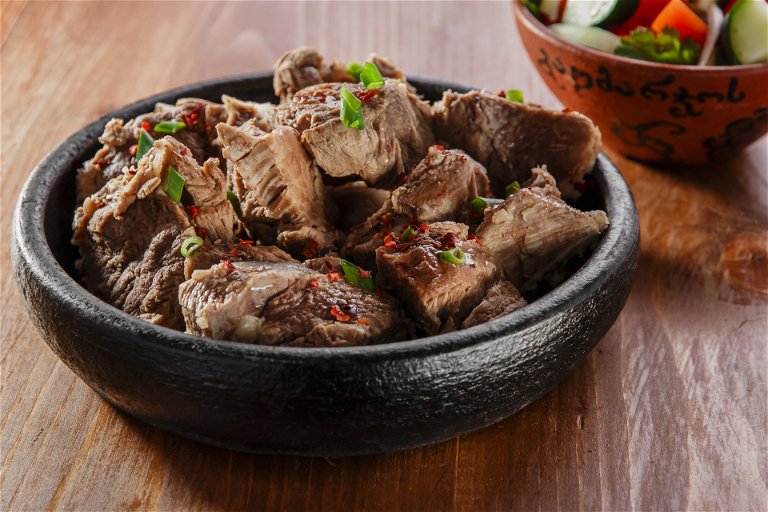
2. Substitutions
The challenge of procuring many ingredients during the Second World War and indeed for many years after its end – rationing in Britain only fully ceased in 1954 – forced a creative culinary approach. Fortunately, advice was on hand from the likes of Nell Heaton, whose book The Complete Cook came out in 1947.
Some scenarios remain relevant today. For example, grouse is a prized delicacy but as a wild bird living in remote hillsides, it is arguably even harder to come by in the 21st century than when Heaton was writing.
However even the most open-minded cook might hesitate before adopting her recommendation that “pigeons can be served to taste like grouse, if they are stuffed with half a red herring each during cooking.” The advice to remove the fishy embellishment before serving offers only modest relief.


3. Hang time
In these days of supermarket best before dates, few people give much thought to how long to hang their meat before cooking. It does however remain a lively topic of conversation for those who shoot their own game.
Modern advice recommends hanging pheasant for perhaps a day to make plucking easier, or potentially up to five days if it’s kept cool and you like a gamier flavour to develop. Even that extended timeframe marks rather a striking contrast to Nell Heaton’s alarming recommendation that pheasant “can hang up to 12 days in winter and about four days in summer.”
Her rationale may be that “it is essential to hang pheasants to give added flavour to otherwise rather tasteless flesh”, but clearly diners boasted rather sterner constitutions back then.
4. Homebrew
If you’re tucking into pheasant that’s been hung for 12 days then you’ll need something suitably robust to wash it down. Fortunately, Heaton is on hand once more with her recipe for home-made “sherry”. A simple yet startling combination of sugar, grapes, raisins, old potatoes, yeast and boiling water, stirred daily for a month, it goes some way to explaining why sherry remains so misunderstood.
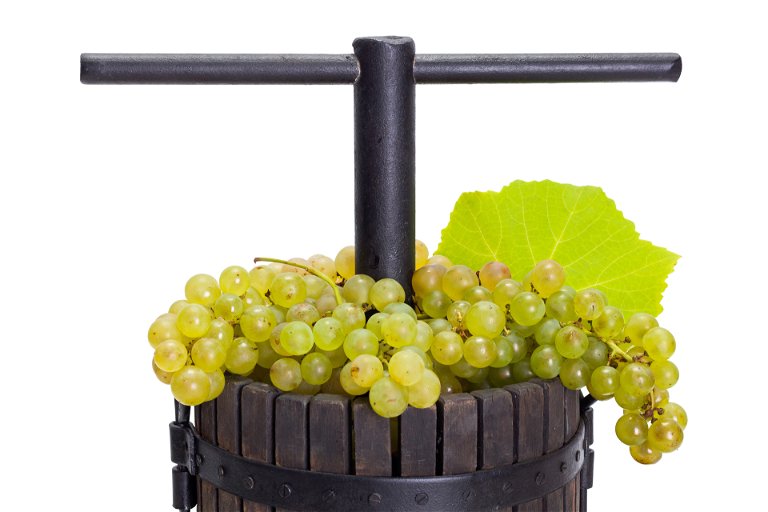
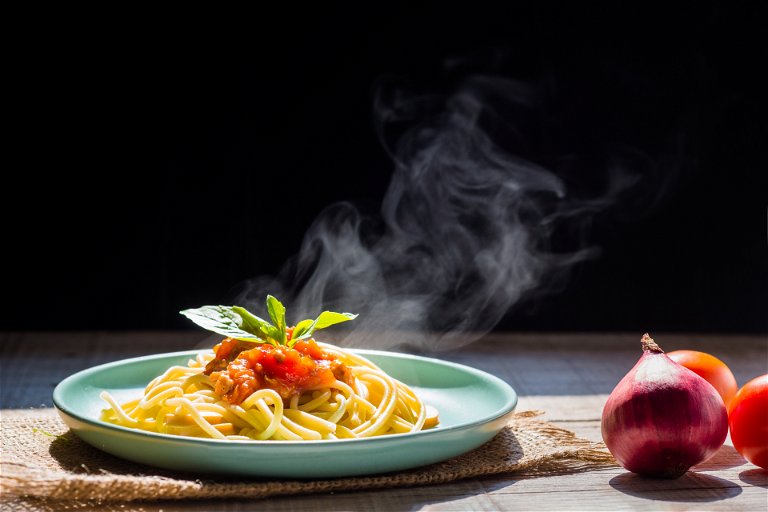
5. Lost in translation
With colonies dotted across the globe, Britain was well-placed to appropriate the best of these vibrant, exotically flavoured cuisines. Very often, however, the recipes look a far cry from their original inspiration.
Many families coveted an Aga, a bulky meat-storage cooker and oven – indeed, it retains an iconic place in the British country kitchen – and those fortunate enough to obtain one could immerse themselves in the culinary options presented within the company’s cannily conceived manual, The Aga Book.
The 1978 edition offers a dish entitled simply “Curry”. Incorporating a perplexing mix of butter, flour, curry powder, onion, apple, lemon juice, chutney, shallots, stock, coconut and redcurrant jelly, the recipe serves primarily to highlight the scarcity of authentic spices on British shelves 40 years ago. For those uncertain how to serve this exotic sauce, the book is once again helpfully on hand, recommending suitable accompaniments such as hard boiled eggs, diced cold meat or cold root vegetables.
Pasta may be a British staple these days, but back in the 1970s Italian cuisine was rather more foreign. The Aga Book offers adventurous cooks its version of Spaghetti à la Milanaise, incorporating grated cheese, flour, onion, tinned tomatoes, margarine and milk. Don’t forget that in these days the British regarded olive oil as a pharmaceutical product, dispensed by chemists to clear ear wax. Forget serving your pasta al dente too: the book instructs readers to boil the spaghetti “until soft, about 20 minutes”. Buon appetito!






